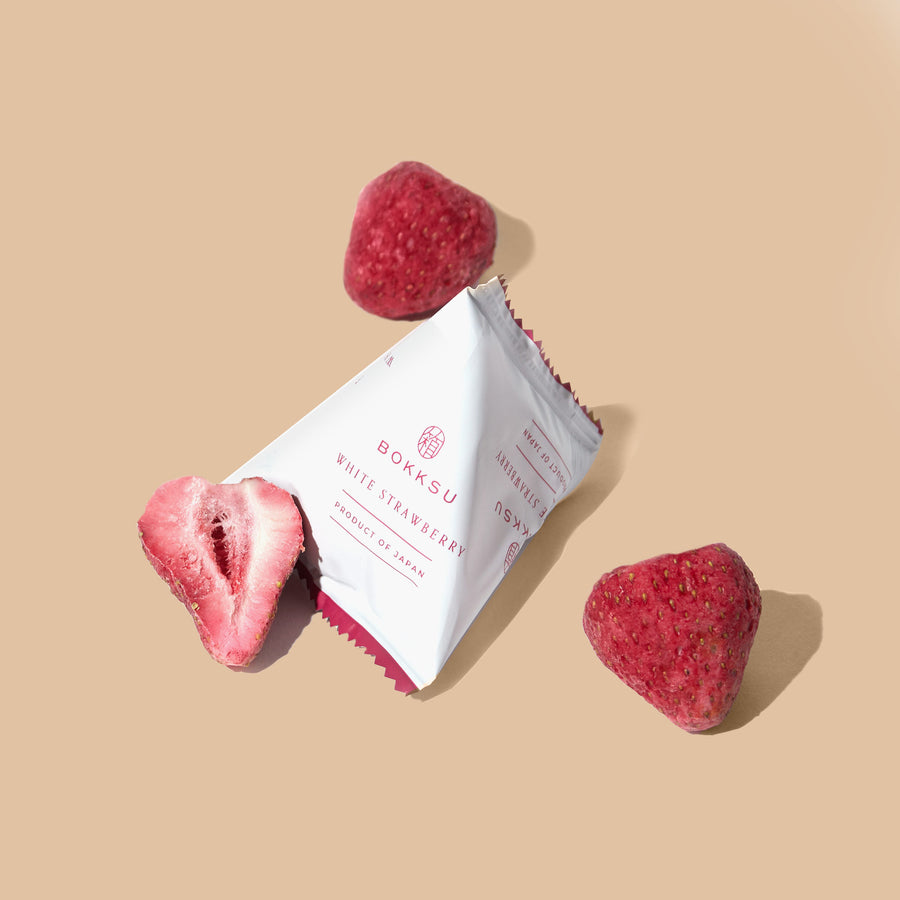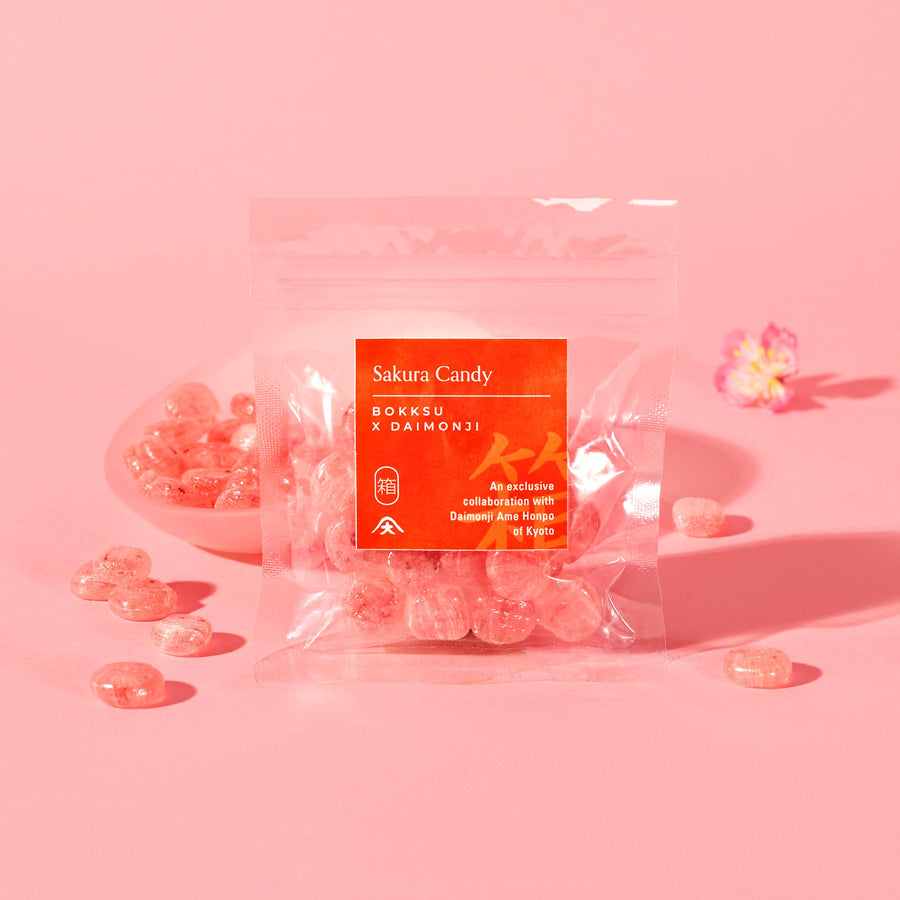What is Genmaicha? Learn About This Popular Japanese Tea
What is Genmaicha? Learn About This Popular Japanese Tea
Japan is famous for its tea. There are almost more types of Japanese tea than can be conjured! You’ve likely heard of sencha and matcha, but it’s possible you don’t know much about some of the others, like bancha, hojicha, mugicha, and genmaicha. Out of all of these, genmaicha, or brown rice tea, is tea that is particularly full of depth and originality. Let’s explore the interesting world of genmaicha!
The kanji characters for genmaicha are 玄米茶. The first two kanji go together (玄米, genmai) and mean unrefined brown rice. This is because cheap, unmilled brown rice—rice that still contains its bran and germ—was traditionally added to the tea leaves. The third character, 茶 cha, simply means tea.
Genmaicha is known as brown rice tea in English, though some people call it “roasted rice tea” or “popcorn tea.” The latter name comes from the fact that sometimes rice grains pop during the roasting process and it looks like little tiny popcorn kernels.
Some say that Buddhist monks developed genmaicha as an economical type of tea. Others say that genmaicha was introduced from Korea, since there is a similar traditional drink there called hyeonmi-cha. Still others theorize that resourceful housewives stretched their yen by adding rice grains to the tea leaves.
Why is Genmaicha Popular?
The color of brewed genmaicha is more yellow than green, but it’s the flavor of genmaicha that is particularly distinctive and delightful. When made with sencha, which it usually is nowadays, it has the typical green tea flavor that is somewhat astringent and tastes a bit like sweet grass.
Here’s where it gets interesting: Genmaicha also has a special nutty flavor that comes from the toasted rice grains. The puffed rice addition helps reduce the bitterness of the green tea and really makes genmaicha stand out in the field of tea. The rice grains can be from brown rice, plain white rice, or mochigome sticky rice.
In the old days, genmaicha was the poor person’s tea. It was cheaper because the expensive green tea was cut with inexpensive rice. Now, genmaicha enjoys widespread popularity among all people. Its lovely earthy aroma and sweet rice flavor is appreciated by everyone—rich or poor!
Traditionally, genmaicha is considered a healthier version of green tea because of its reduced caffeine levels. Due to its full-bodied toasted rice flavor, it has also been used as beverage during fasting to give the semblance of fullness. The health bonus is that green tea contains powerful antioxidants called polyphenols, which are said to help reduce inflammation and combat disease.

Varieties of Genmaicha
Genmaicha usually belongs to the green tea family of teas called sencha. But traditionally, genmaicha was made with the cheaper bancha. Unlike the earlier picked sencha, bancha is made from green tea leaves that are harvested later in the season and are more astringent and less sweet. So sencha genmaicha and bancha genmaicha are two different varieties.
Genmaicha tea can come in several other versions, such as matcha iri genmaicha, or matcha genmaicha for short. This is genmaicha made with matcha green tea powder instead of sencha green tea leaves. It has a stronger and smoother flavor and deeper green color.
It is also not uncommon to mix genmaicha with hojicha. Hojicha is made from roasted tea leaves and stems that are left over after tea harvest. Roasting adds a nutty flavor and lowers the caffeine index.
Gyokuro genmaicha is the most sophisticated and pricey version of genmaicha. It’s made from the highest level “first flush” green tea leaves, which are harvested early in the growing season after a specialized growing process.
How to Enjoy Genmaicha
Genmaicha requires a higher temperature of water and longer steeping times because it is less powerful in terms of flavor and nutrients.
To prepare genmaicha, have ready about 1 teaspoon of tea leaves per half a cup of water. Adjust for the size and number of tea cups you will fill. Place the tea leaves into a teapot. Boil the water to approximately 180 degrees Fahrenheit and pour it directly over the tea leaves in the teapot. Steep for approximately 30 seconds for weaker tea and 3-5 minutes for stronger tea. Just know that longer steeping means more bitterness and adjust accordingly. Pour tea into your tea cup using a preferred method of straining the tea leaves.
Genmaicha is an ideal pre-breakfast drink to warm up the palate and soothe the stomach. It is also enjoyed throughout the day, whether during fasting or with meals.

How to Get Genmaicha
Are you dying to try genmaicha now? Bokksu offers a wide selection of high quality authentic genmaicha, as well as other types of Japanese tea.
This Genmaicha Tea from Aichi prefecture has all the elements that make genmaicha a crowd favorite. It is full bodied, has nutty undertones, and comes in an elegant triangular mesh tea sachet. Also try Organic Genmaicha Tea for a rich green tea with toasted rice that gives off an earthy aroma while simultaneously being kind to Mother Earth.
Here is a Genmaicha Green Tea with added matcha. Made by a company that has operated for more than 300 years, they have perfected the art of the perfect cup of genmaicha. It’s aromatic and smooth and the matcha gives it an extra depth of flavor. This is another Genmaicha Tea with Matcha Powder. It comes in a cute cylindrical tin and contains little matcha genmaicha tea bags. The tea has a bold yet savory flavor to warm you up and get you through your day.
If you’re not sure which tea to try, this is the perfect all-in-one tea sampler: Premium Tea Box. It contains more than 20 tea bags or powders, including genmaicha, matcha genmaicha, sencha, flavored sencha, and hojicha latte.
Sit back while your tea steeps and then enjoy sampling your sips!
Author Bio







 Bokksu Snack Box
Bokksu Snack Box

























